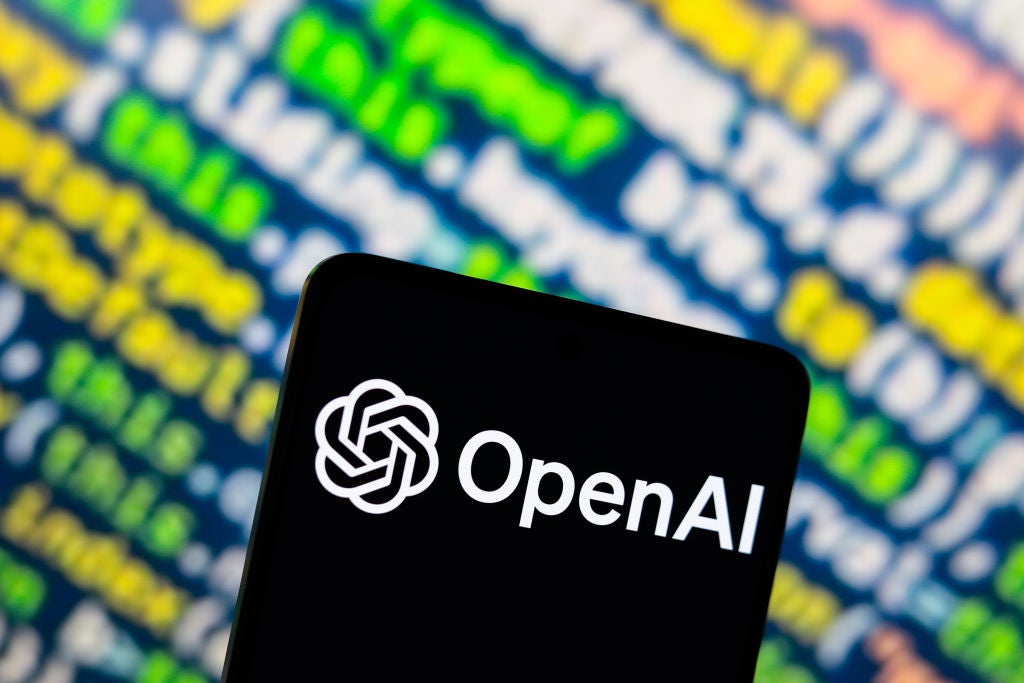DataRobot has filed a patent for automated spatial feature engineering techniques. The techniques involve deriving new features based on spatial relationships, optimizing parameters, deriving geometric properties and spatial statistics, determining feature importance, and reducing spatial leakage for more accurate spatial models. The patent claim has been canceled. GlobalData’s report on DataRobot gives a 360-degree view of the company including its patenting strategy. Buy the report here.
According to GlobalData’s company profile on DataRobot, predictive modeling techniques was a key innovation area identified from patents. DataRobot's grant share as of September 2023 was 40%. Grant share is based on the ratio of number of grants to total number of patents.
Automated spatial feature engineering techniques for more accurate spatial models
A recently filed patent (Publication Number: US20230316137A1) describes a method and system for identifying and analyzing objects in a coordinate space using machine learning. The method involves identifying data representing objects in the coordinate space and determining if an object is associated with multiple sets of coordinates. If so, the method generates observations, including centroids of each object, based on the sets of coordinates. These observations are used to generate first features associated with the objects, representing their locations.
The method also involves generating third data based on the observations and training one or more machine learning models using this data. The models are used to analyze and extract information from the objects in the coordinate space. The patent also describes additional steps, such as generating observations based on multiple objects, evaluating features based on a hyperparameter, adjusting the hyperparameter value, and selecting features based on scores and low correlation.
The system described in the patent includes a data processing system with memory and processors. This system is capable of performing the steps outlined in the method, including identifying data, generating observations and features, generating third data, and training machine learning models. The system can also present visualizations of portions of the data, such as regions of images, using a user interface. Additionally, the system can identify portions of the data using separate machine learning models.
Overall, this patent presents a method and system for efficiently analyzing objects in a coordinate space using machine learning. By generating observations and features based on sets of coordinates, and training models using this data, the method enables the extraction of valuable information from the objects. The system provides a user-friendly interface for visualizing and interacting with the analyzed data.
To know more about GlobalData’s detailed insights on DataRobot, buy the report here.
Data Insights
From

The gold standard of business intelligence.
Blending expert knowledge with cutting-edge technology, GlobalData’s unrivalled proprietary data will enable you to decode what’s happening in your market. You can make better informed decisions and gain a future-proof advantage over your competitors.






